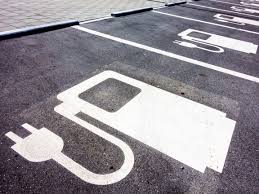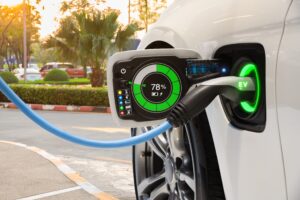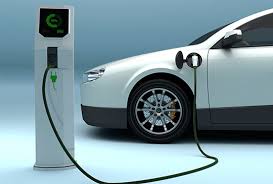 March 2022
March 2022
Canada is working to speed up adoption of electric vehicles. High-rise communities are showing increased interest in having electronic vehicle charging systems for these vehicles and are finding solutions for earlier challenges that once made them impractical. These challenges involve delivering the necessary electricity through charging systems without impacting on other uses, and allocating costs among owners.
No older building has the electrical capacity to ensure all owners can have an electric vehicle charging system in their parking space. Communal charging stations, one potential compromise, is likely to be a poor solution partially because owners cannot be relied upon to free up a station once their vehicle is fully charged.
 Vehicles can take hours to charge. Fast charging systems are available but expensive. More common are Level 2 chargers which take longer to charge a vehicle but work for hybrid and electric vehicles.
Vehicles can take hours to charge. Fast charging systems are available but expensive. More common are Level 2 chargers which take longer to charge a vehicle but work for hybrid and electric vehicles.
There are solutions to accommodate from ten to 40 vehicles. Ten charging stations could accommodate 10 percent of the units in a 200-unit building. With current sales of electric and hybrid vehicles being below two percent, this should be adequate for the foreseeable future.
Canada’s Zero-Emission Vehicle Infrastructure Program (ZEVIP), which provides funding to reduce greenhouse emissions, is not well-designed for high-rise residential communities. It requires a minimum of 20 chargers and challenging operational deadlines. Condominium communities are unlikely to be able to commit to having a minimum of 20 chargers by the required deadline. An estimated 75 percent of applications fail to receive funding.
Ensuring electrical capacity is sufficient for vehicle charging plus all other needs in your building likely requires a major system upgrade. This includes delivering more electricity to the building, and a system to distribute this power from the electrical panel to parking spots without reducing the load needed for all other purposes. This is a costly upgrade – $200,000 to $300,000 is not uncommon. Finally, owners desiring a personal charging station in their parking space would pay an additional installation cost plus the cost of electricity used.
 Funding this infrastructure upgrade can come from the reserve fund. Since most reserve funds are not funded for such a purpose, this likely entails replenishing the fund to ensure funds are available for items contained in the reserve fund study.
Funding this infrastructure upgrade can come from the reserve fund. Since most reserve funds are not funded for such a purpose, this likely entails replenishing the fund to ensure funds are available for items contained in the reserve fund study.
Solutions for resolving the challenges of offering electric vehicle charging stations in high-rise communities vary. Today’s vendors have a better understanding of these challenges and can offer practical solutions that integrate with a community’s existing electrical system.
Electric vehicle charging stations are increasingly viewed as a necessary amenity that attracts those who own, or plan to own, an electric vehicle. This infrastructure increases the resale value of properties and provides a coveted amenity.






